SEARCH






|
|
|
|


by Editor Lourens Durand
Edited and published by Yvette Depaepe, the 23rd of June 2023
'Pacu Jawi (Cow's Race)' by Muhammad Fadli
Geometry, one of those subjects we loved to hate at school turns out to be one of the essential aspects of photography pertaining to how shapes, lines and angles that form the composition affect the message of an image. Used intelligently it can enhance the visual impact of a photograph; used haphazardly, it can spoil the image.
One of the benefits of using geometry is that it can create a sense of balance order, stability and harmony in a composition, by using symmetrical shapes like circles, squares or triangles, or by arranging objects in a particular pattern. This can be especially attractive in architectural photography, where lines and shapes can create a sense of grandeur and majesty. In landscapes the use of leading lines or vanishing points, such as roads or paths, provide perspective by guiding the viewer’s eye through the image, creating a sense of depth.
In one special kind of leading line, the S curve (and even the C curve, which is half an S), the lines are meandering rather than straight, which help to create a soothing, unhurried mood.
The V shape is commonly used in landscapes to create depth, with a background of distant mountains held within the V.
One of the strongest compositional elements is the triangle, representing strength and stability, and can be repeated throughout the picture.
An L-shaped composition, especially along the line of thirds is particularly attractive, combining the dignity, height and strength of the vertical line with the calmness and tranquillity of the horizontal line. It is often used in landscapes to depict peace and serenity.
Diagonals are useful in capturing drama, as displayed in Joe Rosenthal’s iconic photograph of US troops raising the flag in Iwo Jima during WW2 and, if two or more diagonal lines are made to converge, they create a sense of depth.
We need to be careful, though, not to make lines and shapes too dominant or overwhelming, as they can distract from the main subject, giving a cluttered, unbalanced and disorientating composition.
One of the most common applications of geometry in photography is the well-known Rule of Thirds – by placing the main point of interest at the intersections dividing the frame into thirds guides the viewer’s eye towards it. Used on its own, though, it can be quite boring and static.
Dynamic Symmetry, on the other hand, is a technique using lines as a matrix to create balance and harmony in an image whilst, at the same time, creating a sense of dynamism, rhythm, life, movement and action. It is based on a system of diagonals, perpendiculars and parallel lines that a provide a matrix for placing and arranging objects, and was first proposed as early as the 1920’s by, amongst others, Michel Jacobs in his 1926 book entitled The Art of Composition – A Simple Application of Dynamic Symmetry.
In the book, he writes “Dynamic Symmetry means a certain form of composition – a way of building a picture or any other object in good proportion so that it is pleasing to the eye…. It is the methods by which the (ancient) Greeks built their temples and their gods…. This form of composition is a composition of action, which does not necessarily mean that a figure has to be in motion, but simply that the lines and masses express motion.”
The theory, first taught to artists and then fell away, is now making a comeback. It becomes quite complicated, but the generally used model is a grid or matrix of lines designed to promote flow, rhythm and balance, bringing life to the artwork.

Placing main objects at the intersection of vertical and horizontal lines represents stability and balance, whilst placing others along the diagonals add drama, tension, movement and dynamics.
This principle can be applied to group photographs as well – just take a look at some of Annie Leibovitz’s cover photos for Vanity Fair, and a discussion by artist and composition teacher Tavis Leaf Glover on how she uses these compositional techniques, at:
https://www.iso1200.com/2020/11/annie-leibovitz-group-photo-analyzed.html
In conclusion, I think the use of geometry, whether in the form of the Rule of Thirds, leading lines, vanishing points, circles, triangles, Dynamic Symmetry, or other devices to add impact to a photograph is an essential part of any photographer’s toolkit.
I hope that my selection of images by 1X.com photographers illustrates this.
'Le contrebassiste' by Strugala Didier
'The Journey of Bread' by Niyazi Gürgen
'The Dance Is A Poem.....' by Heike Willers
'DYNAMIC RANGE' by Hanaa Turkistani
'Gotcha!!!' by Frank Ma
'a short story about the sunrise without sun – take 1st' by Cembrzynski Ignacy
'Moscow metro – crystal' by Maxim Makunin
'Pure Grit' by Irene Wu
'Frenzy' by Pauline Pentony MA ARPS DPAGB
'Go for it' by Sandi Bertoncelj
'santinis staircase' by Holger Goehler
'Music Lesson MMXV Reversed' by Karol Szejko Zeiko
'Zinga & Sara' by Claudio Piccoli
'Dance with soul' by Prasad Ambati
'Contraction' by Parvizbesharatpur
'Lanthanum' by Holger Glaab
'romance' by Artur Saribekyan
'Stormy memory of Iceland. Composing' by Saskia Dingemans
'Collection of windows' by Gilbert Claes
'bayinbuluke' by Chen Ma
'Hopping' by Ling Zhang
'Science center' by Lary Deng
'a sorrow beyond dreams / color' by Norbert Maier
'The Bridge' by arminMarten
'Unzipped' by eugkyr
'Potatoes' by Bill Gekas
'Pear on spoon' by Marko Klavs
 | Write |
 | Marko Klavs PRO Thank you Yvette and Laurens and all of the photographers featured. |
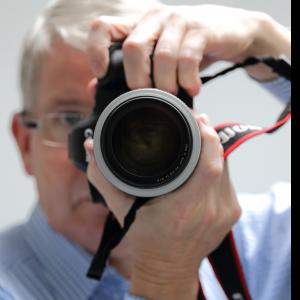 | Wicher Bos CREW Lourens thanks! I like this article! Beautifully illustrated too… |
 | Gabrielle van den Elshout PRO Thank you for this fantastic selection! All pieces of beautiful art! |
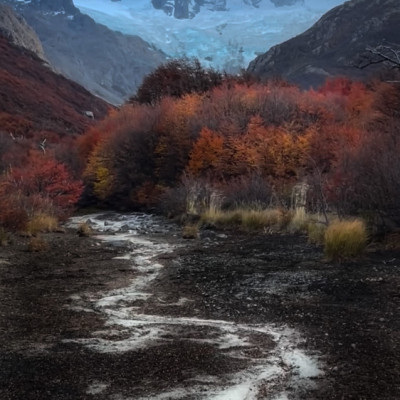 | Bing Li PRO Very intrigue article and excellent selections of the images, well done. |
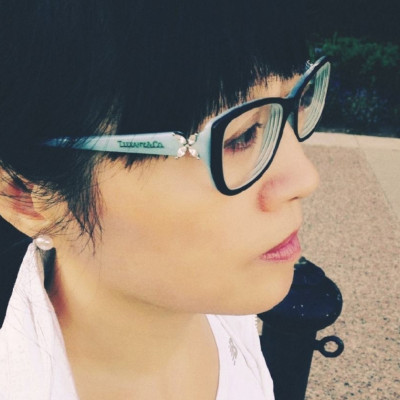 | Yanyan Gong PRO Thank you very much for this informative article and the collection of outstanding work! |
 | Yanyan Gong PRO Thank you very much for this informative article and the collection of |
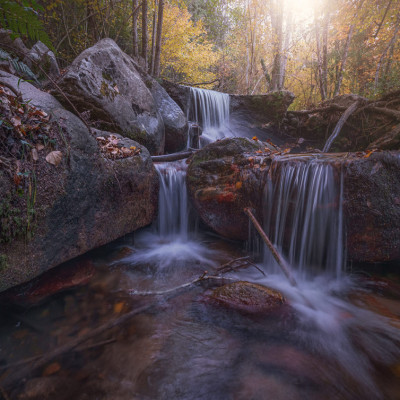 | joanaduenas PRO Thanks Ivette and Laureana for this Beautiful exhibición of art. |
 | Yvette Depaepe CREW Our pleasure, dear Joan! |
 | Wayne Pearson PRO Thank you Yvette and Laurens and all of the photographers featured for bringing us this collection of magnificent and inspiring photographs. |
 | Yvette Depaepe CREW Thanks for your appreciation, Wayne !!! |
 | Serge Melesan Thank you for the article. Great photographies |
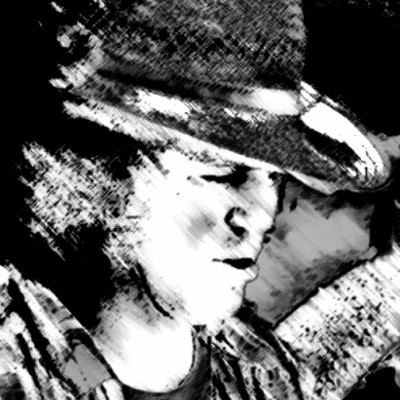 | Holger Goehler PRO Yvette, thanks for the link and Lourens, many thanks for the interesting article. All the best, Holger! |
 | Yvette Depaepe CREW Thanks, Holger ;-) |
 | Larry Deng PRO Many thanks ,Yvette and Laurens for this interesting article and for choosing my picture as an example . |
 | Yvette Depaepe CREW Thank you, dear Larry ! |
 | Heike Willers PRO Thank you so much for choosing my image for this very interesting arricle, dear Yvette and dear Laurens ! |
 | Yvette Depaepe CREW Our pleasure, Heike ! |
 | Saskia Dingemans PRO Many thanks ,Yvette and Laurens for this interesting article and for choosing my picture as an example . A great selection with beautiful Pictures .Congrats to all the photographers . Regards , Sas |
 | Yvette Depaepe CREW Thanks for your neverlasting appreciation, dear Sas ;-) |